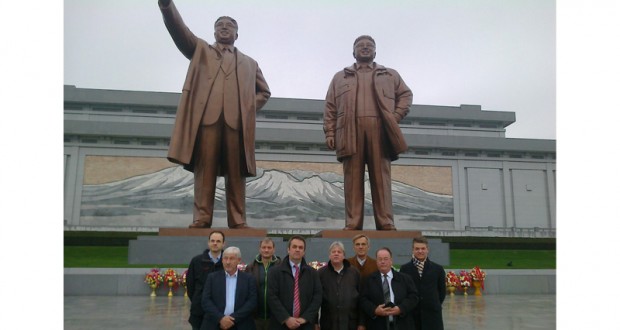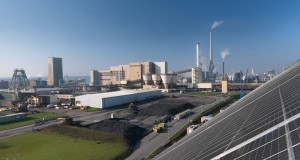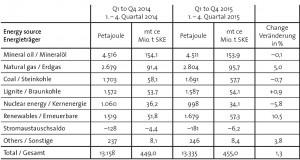North Korea and its population of around 25 million people are considered to be poor despite the country boasting a demonstrable wealth of more than 360 different natural resources. The resources of tungsten, molybdenum, lead, baryte and fluorite that have been discovered and are available in North Korea make it one of the world’s top ten most resource-rich countries. In addition to iron ore, aluminium, zinc, copper, gold and silver, North Korea is also blessed with bountiful reserves of non-metallic minerals such as limestone, mica and asbestos, not to mention plentiful supplies of crude oil and coal. The coal reserves that have so far been discovered in the country comprise mostly anthracite (approx. 11.74 bn t) and lignite (approx. 3.0 bn t), although the size of the total coal supply is still unknown. According to information provided by the Industrial Bank of Korea, coal mining plays a key role in industry, constituting around 8 % of the country’s gross domestic product (GDP) and about a fifth of its exports.
From 26th to 29th October 2015, an initiative by NMS National Management & Media Services, Beijing/China, and the North Korean Chamber of Commerce & Industry saw a delegation of eight mining machinery manufacturers and service providers being afforded the opportunity both to visit a North Korean coal mine (Zik Dong Youth Coal Mine) and to hold a meeting of high-ranking members of the Ministry for Mining and the Korean Coal Trade Corporation.
Both energy production and energy consumption in North Korea are based on coal. Coal mining will face huge challenges if it is to be able to cope with the task demanded of it – that of becoming the driving force behind economic development in the country. According to the Ministry of Coal Industry, annual production is currently at a level of about 25 to 28 mt, approximately 30 % of which is from lignite. There are around 80 coal mines in the country, although many of these are only small and produce just a couple of hundred thousand tons a year. The ratio of underground to surface mining is about 80:20. The North Korean Chamber of Commerce & Industry states that North Korea has exported around 2 mt of coal to China every year since 2004.
In view of North Korea’s plans to further develop its economy, its need for energy is expected to rise even more, which will in turn increase the importance of coal. The central government has said that it aims to double North Korea’s production capacity to approximately 50 mt of coal a year over the next three years and plans to invest over 500 m € in doing this. This goal of making the business bigger, more efficient and more reliable is modelled on the rapid development of the Chinese coal mining industry, which those at the Ministry of Coal Industry claim owes much of its success to the German mining technology that has been deployed there. Achieving these aims will require optimisation of the technology and production systems that are currently in use, which do not employ the most cutting-edge engineering.
(Linke/Si.).


